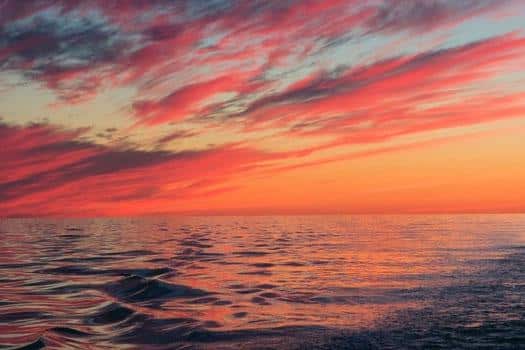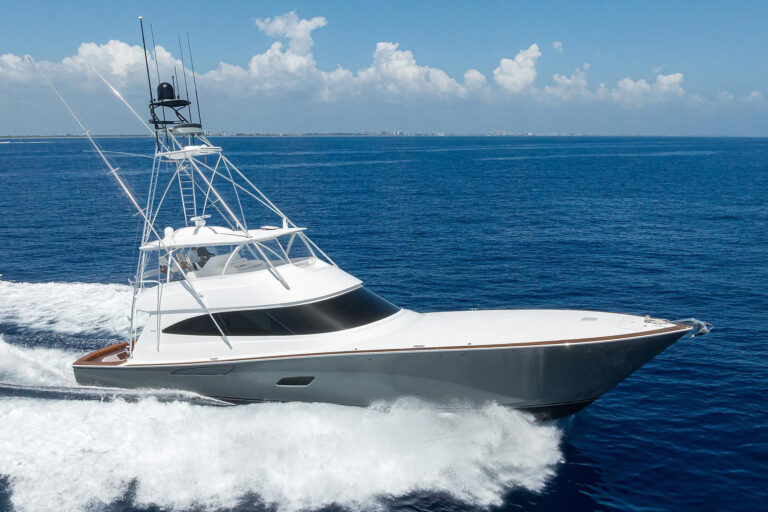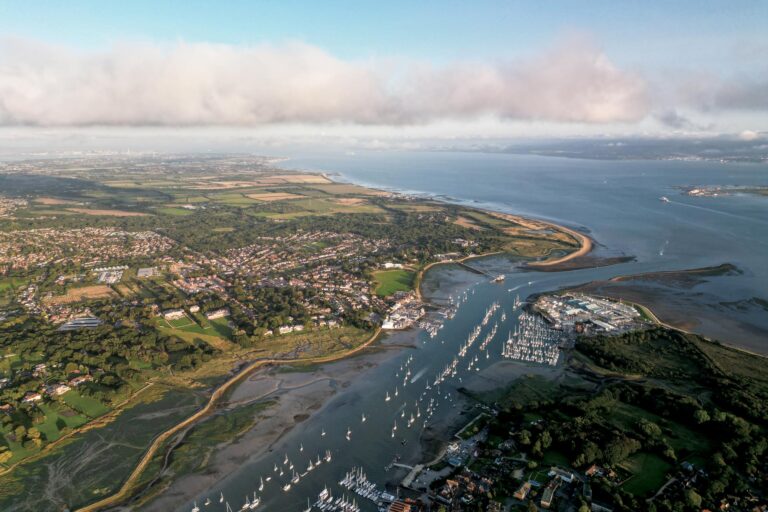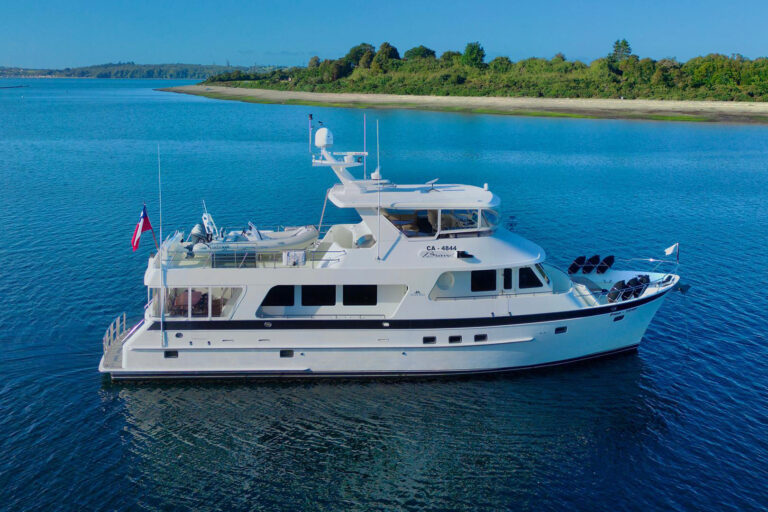
Cape to Cape
Setting off on a 4000 mile sailing adventure across the southern oceans, in winter, requires you to have a great deal of confidence in your vessel. The usual season for Pelagic Australis involves six months touring South Georgia, Antarctica, Cape Horn and the Beagle Channel before setting out on this annual venture to the Cape of Good Hope, and she has proven herself to be robust and comfortable. Pelagic Australis is a 74-foot aluminium expedition yacht, designed for the rocky, uncharted waters of the high latitudes, as well as the sometimes hazardous ocean passages of one of the harshest environments on the planet. Her unique design has come from a combination of owner Skip Novaks’ racing experience, and developments from the original Pelagic, a twenty year-old, 54-foot steel cutter rigged sloop, that also operates as a charter boat in the area.
Miles and I ran Pelagic for two seasons before coming aboard Pelagic Australis and it’s easy to see how many aspects of this boat have come about. The lifting keel and rudder is a feature on each vessel, as is the Refleks heating system and the Cummins engine.
The main difference between the two, and the thing other than her size that really puts Pelagic Australis ahead, is the pilothouse; a large, warm, enclosed navigation and seating area on the deck with excellent 360-degree views and easy, safe access to the cockpit.
On Pelagic there is a small doghouse, enough for a couple of the watch to sit in some shelter, if not comfort, and to have a reasonable view forwards. However, it is essential to be outside on a regular basis, to check the sails, keep a good look out and to be able to see the instruments which are set on the outside of the doghouse. With so little information inside, it is really a place to go for some respite from the cold, rather than a place to spend any length of time while on watch. One of the things I loved so much about working on Pelagic was the rawness of it all, the need to be outside, to wrap up warm, to be out there with the elements throwing what they could at you. It gave a huge sense of satisfaction to cross the Drake Passage to Antarctica knowing that for half of it you had been outside, clipped on, waves crashing over the cockpit and really in the thick of it. There was nothing so rewarding as coming down below into the warmth of the saloon – such a stark contrast to the bitter cold of the Antarctic Convergence.
My biggest fear about moving on to the bigger Pelagic – which should certainly have been viewed as a promotion — was that we would lose that contact with the outside world, and become instrument-driven sailors, sitting in the pilothouse, comfortable and warm in just T shirt and slippers and reluctant to change what was happening on deck for fear of getting cold or wet or uncomfortable in some way. Of course, that has not become the reality, and it took only one crossing to South Georgia for us to really appreciate not just the dry and the warmth, but the safely of the pilot house, and more than that, the views that can be taken in without the need to climb a ladder, crawl out of the doghouse and eventually unfurl yourself to have a look around. Of course we still spend a good proportion of a watch outside; looking at the sails, keeping a good lookout for ice and shipping, helming occasionally. There is still ample opportunity when reefing or furling sails to get wet and have the ocean throw tons of water at you, but being able to retreat safely inside, to have a view of the radar, the chart, the instruments, the sails and the horizon, while holding a hot cup of tea in a china mug without fear of it being filled with sea water in the next few seconds – it’s hard to beat. And no, there is no way we would go back now!
Crew dynamics are undoubtedly affected by the comfort of watch duties. Both Pelagics take paying guests, sometimes with a lifetime of sailing behind them, sometimes with none. Everyone is expected to participate in round-the-clock watches while sailing offshore, and it is easy to see which would be the more popular experience. Watches on Pelagic usually entail a rotation: one outside, one in the doghouse and one at the nav station below watching the radar. There isn’t much scope within that system to chat, put the world to rights, discuss politics, religion, business, favourite food (why does it always come to that?), nor are those off watch, down below, able to really see what is going on above. Conversely, on Pelagic Australis, the pilothouse is the centre of everything. To go from the cabins to the saloon requires a passage through the nav area, invariably a chat with the on watch, a quick glance at the sails, the radar, the chart – how many miles to go? The on watch is on high alert, ready and dressed, lifejackets on, for any eventuality that requires them on deck at a moment’s notice. At the same time, they are able to sit, chat, drink tea and talk through manoeuvres before going out to put the theory into practice.
As I write, we are half way through the roaring forties, a third of the way across to Cape Town, and so far have been extremely lucky. So lucky, in fact, that it could be considered unlucky – for almost 24 hours now we have been motoring in winds less than 10 knots with a forecast for not much different in the next few days. The down side of being such a big boat, is that we need a lot of wind to sail, ideally in the true wind angle range of 80-120 with upward of 20 knots, and then she flies along like she was made for it. Up, or in fact, deep down wind sailing is uncomfortable, slow and nearly always ends up with the engine chugging away and pushing us forwards. Let’s hope we can turn off the tin topsail soon, to hear that wonderful silence and then just the sound of the wind in the sails, and the sea rushing by.
_Visit the gallery to see more adventures aboard Pelagic Australis._









